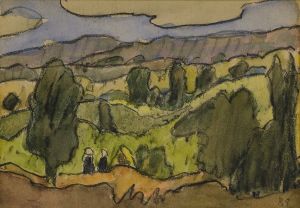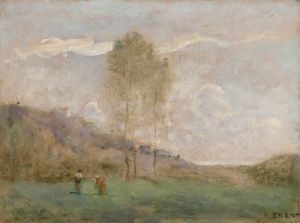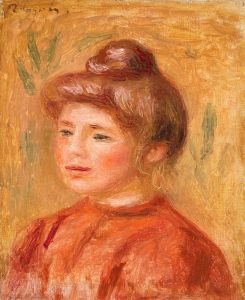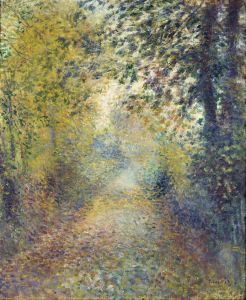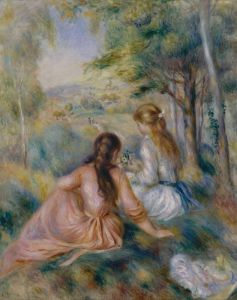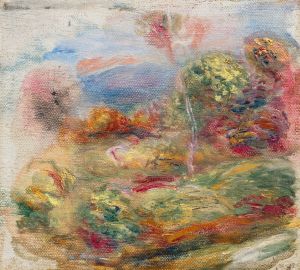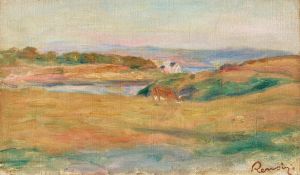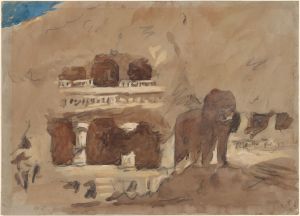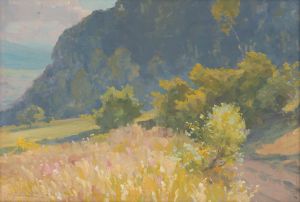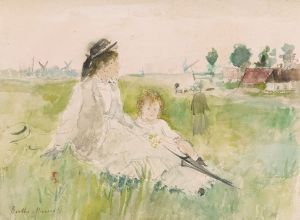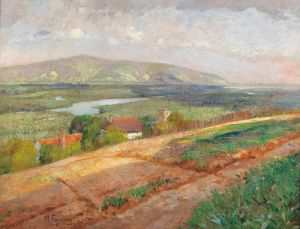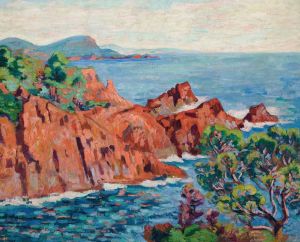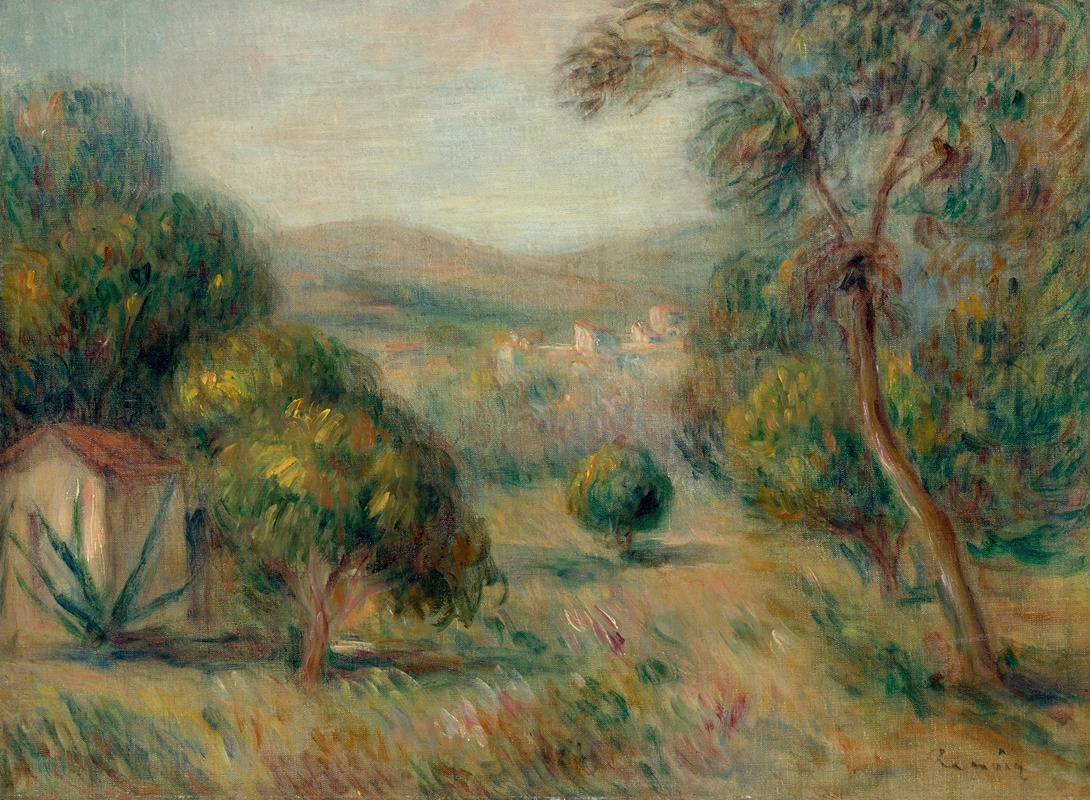
Paysage aux oliviers
A hand-painted replica of Pierre-Auguste Renoir’s masterpiece Paysage aux oliviers, meticulously crafted by professional artists to capture the true essence of the original. Each piece is created with museum-quality canvas and rare mineral pigments, carefully painted by experienced artists with delicate brushstrokes and rich, layered colors to perfectly recreate the texture of the original artwork. Unlike machine-printed reproductions, this hand-painted version brings the painting to life, infused with the artist’s emotions and skill in every stroke. Whether for personal collection or home decoration, it instantly elevates the artistic atmosphere of any space.
"Paysage aux oliviers" (Landscape with Olive Trees) is a painting by the renowned French artist Pierre-Auguste Renoir, a leading figure in the Impressionist movement. Renoir, born on February 25, 1841, in Limoges, France, is celebrated for his vibrant light and saturated color, often focusing on people in intimate and candid compositions. His works are noted for their depiction of the beauty and sensuality of the human form and the lushness of landscapes.
Renoir's "Paysage aux oliviers" exemplifies his skill in capturing the essence of nature through the Impressionist lens. The painting features a serene landscape dominated by olive trees, a subject that Renoir, like many of his contemporaries, found both challenging and inspiring. Olive trees, with their unique silvery leaves and gnarled trunks, provided a perfect subject for exploring the effects of light and shadow, a central concern of the Impressionist movement.
The painting is characterized by Renoir's signature brushwork, which is loose and fluid, allowing the colors to blend softly into one another. This technique helps to convey the dappled light filtering through the olive trees, creating a sense of movement and life within the landscape. The palette is rich yet subtle, with greens, blues, and earthy tones dominating the composition, capturing the natural beauty and tranquility of the scene.
Renoir's interest in landscapes was part of a broader trend among Impressionists to move away from the urban scenes that dominated much of 19th-century art. Instead, they sought inspiration in the countryside, where they could paint en plein air (outdoors) and directly observe the effects of natural light on the environment. This approach allowed Renoir and his peers to break away from the rigid structures of academic painting and explore new ways of seeing and representing the world.
"Paysage aux oliviers" reflects Renoir's deep appreciation for nature and his ability to convey its beauty through his art. The painting invites viewers to experience the peacefulness of the landscape and the gentle play of light and shadow that defines it. It is a testament to Renoir's mastery of color and form, as well as his ability to evoke emotion through his depiction of the natural world.
Renoir's work, including "Paysage aux oliviers," has had a lasting impact on the art world, influencing generations of artists who followed. His paintings are celebrated for their beauty, technical skill, and innovative approach to capturing the fleeting effects of light and atmosphere. Today, Renoir is remembered as one of the most important figures in the history of art, and his works continue to be studied and admired by art lovers and scholars alike.
While specific details about the provenance or current location of "Paysage aux oliviers" may not be widely documented, the painting remains an important part of Renoir's oeuvre, showcasing his talent and the enduring appeal of his artistic vision.





